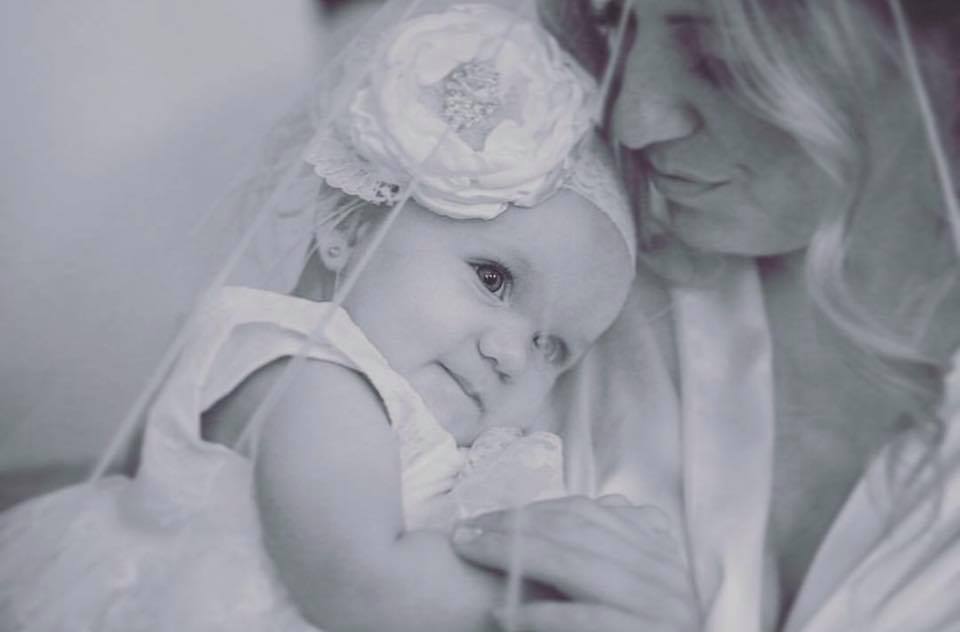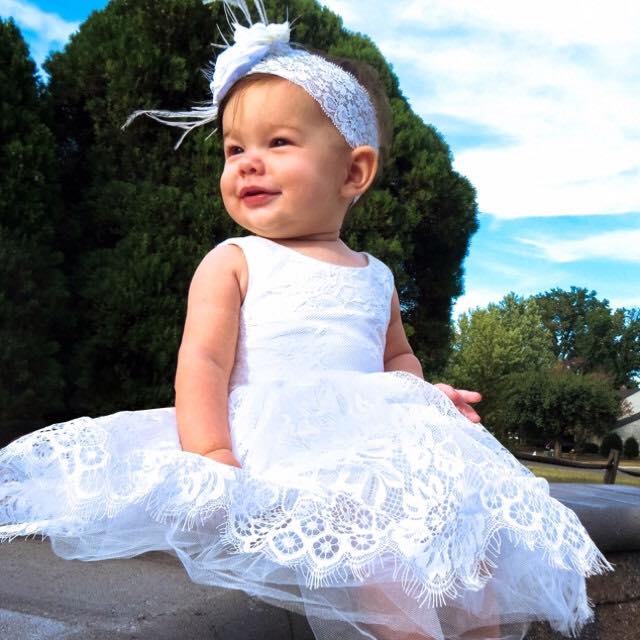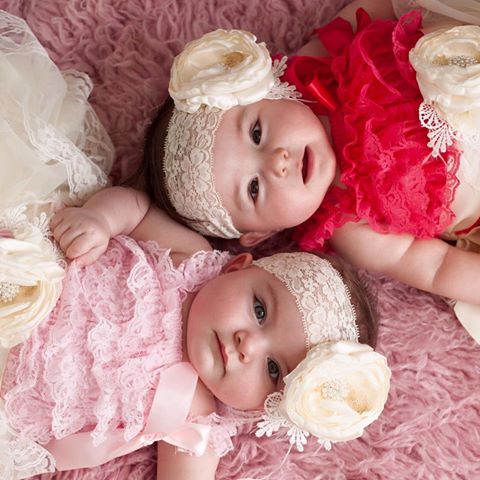
Who pays for the baptism dress or gown?
Share
In many cultures and religious traditions, baptism dresses or gowns hold symbolic significance, symbolizing purity, innocence, and the child's entrance into the faith community. As such, families often see it as an important investment in their child's spiritual journey and choose the dress or gown with care, sometimes passing it down through generations as a cherished heirloom.
The tradition of who pays for the baptism gown can vary depending on cultural and familial customs. In many cases, it's customary for the parents of the child being baptized to purchase the gown. This stems from the belief that parents have the primary responsibility for their child's religious upbringing and ceremonial attire. By providing the baptism outfit, parents symbolically express their commitment to their child's spiritual journey and their role in guiding them along that path.
In some cultures, godparents may choose to contribute to the cost of the child's baptism dress as a gesture of their commitment to the child's spiritual journey and their supportive role in the child's life. However, there is no strict rule or expectation that godparents must pay for the dress. Ultimately, the decision depends on the cultural customs, personal relationships, and agreements made among the involved parties.
In other cultures, especially those with strong religious traditions, other family members may also contribute to the cost of the baptism gown or dress as a gesture of support and celebration. Grandparents, relatives, or close friends might offer to purchase the gown as a meaningful gift for the child. This not only helps cover the expenses but also reinforces the communal aspect of the baptism ceremony, emphasizing the role of extended family and community in the child's life.
Alternatively, in certain cultural or religious contexts, the responsibility for the gown's cost might fall upon the church or religious institution hosting the baptism. This could be seen as a way of ensuring that all children have access to the sacraments regardless of their family's financial situation. In such cases, the church might provide baptismal garments or offer assistance to families who need help covering the expenses, thereby ensuring inclusivity within the faith community.
In modern times, there is also a trend towards personalized and heirloom baptism dresses or gowns. Some families choose to repurpose or pass down baptismal gowns from previous generations as a way of connecting the child to their family's heritage and traditions. In these instances, the cost may not be a significant factor as the gown holds sentimental value beyond its monetary worth, and the focus is more on the symbolism and continuity of family rituals.
Ultimately, regardless of who pays for the baptism dress or gown, the focus of the baptism ceremony remains on the child's welcome into the faith community and the commitment of their family to nurture their spiritual growth. Whether purchased by parents, purchased by godparents, gifted by relatives, or provided by the church, the baptism gown serves as a tangible symbol of faith, love, and hope for the child's future.


